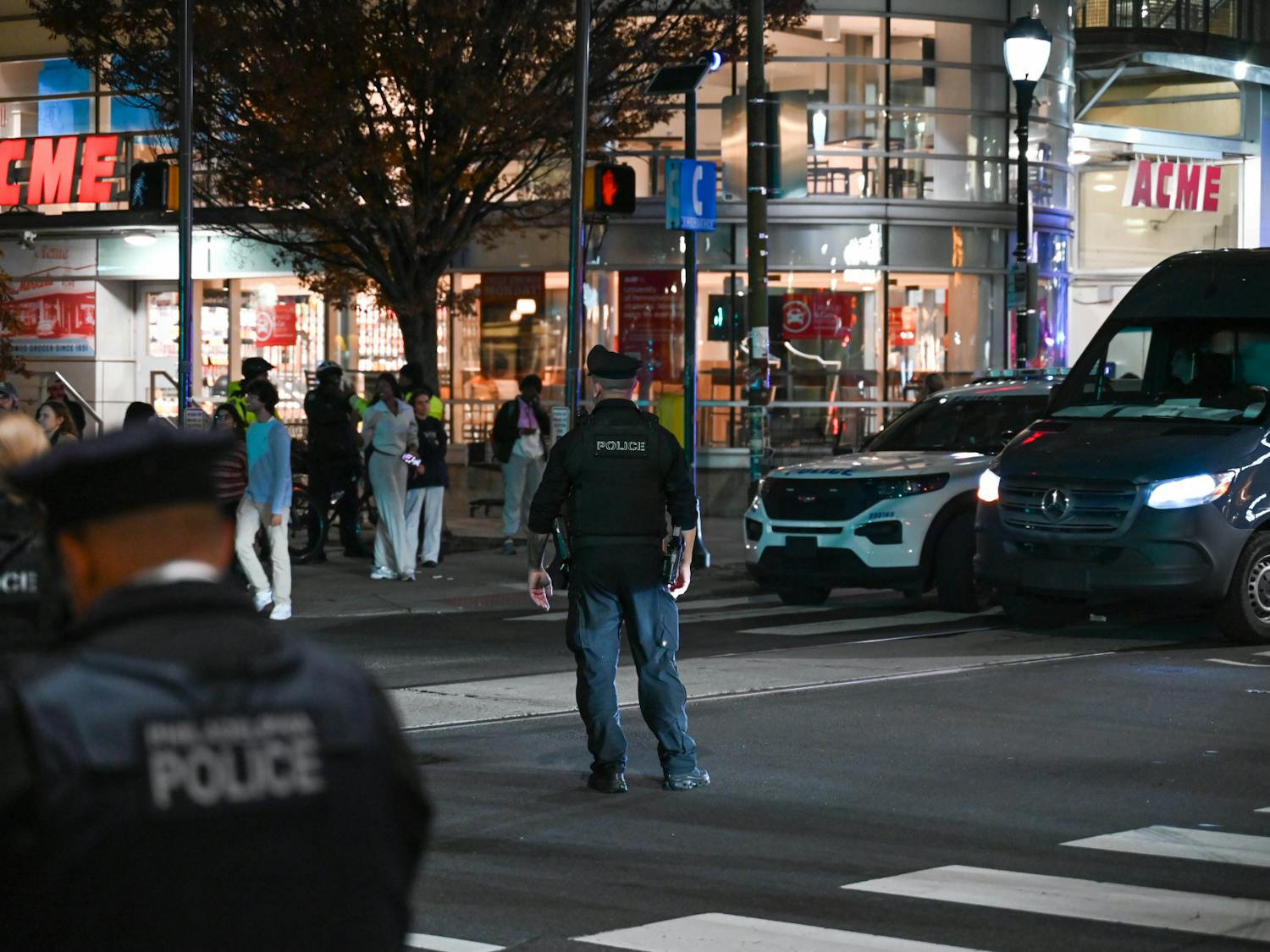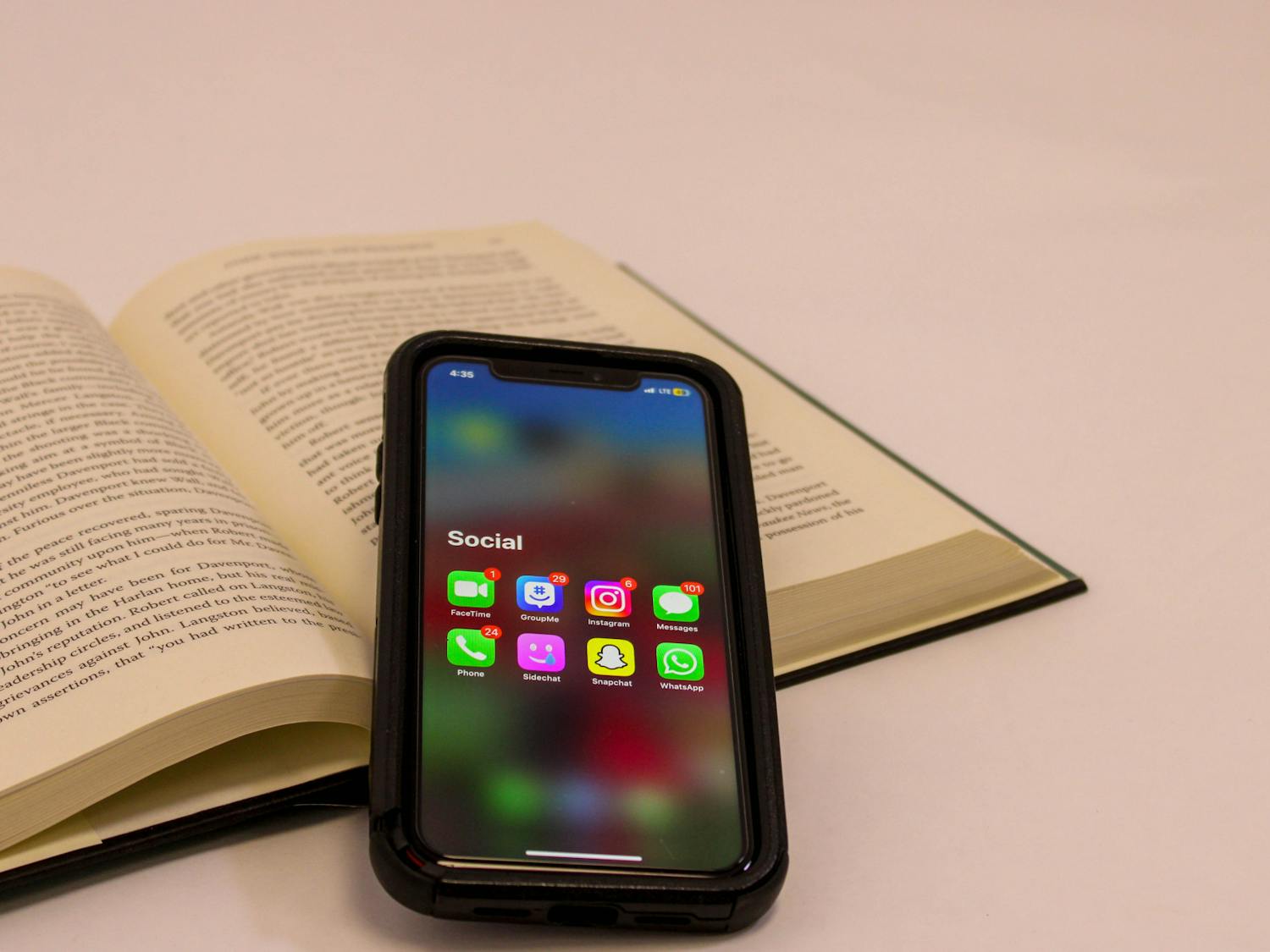It was a zoo out there in 2008, when I first showed up on campus, mattress pad and shower caddy in tow. For Penn’s Class of 2014, however, freshman fall might be a whole new animal. Or no animal at all.
No, I’m not talking about changes made to the Penn Reading Project. I’m talking about elephants and donkeys, and this year’s political landscape — or utter lack thereof — on Locust Walk.
If all goes according to trends in American politics, this year’s student voter turnout and political enthusiasm won’t come close to what Penn saw in 2008. But letting trends be trends is not how citizens in a participatory democracy should function, even in a midterm year.
Penn in August 2008 was a Penn full of signs and sign-wavers, of shouting Democrats and Republicans and independents, of frantic voter registration left and right. According to statistics from Tufts University’s Center for Information and Research on Civic Learning and Engagement (CIRCLE), nearly 53 percent of 18- to-29-year-old Pennsylvanians voted in the 2008 election — and after a historic campaign season, the nation’s first black president was elected on a message of hope and change. Nationally, youth turnout in 2008 was up two percentage points from the 2004 presidential election, which pitted Massachusetts Sen. John Kerry against incumbent President George W. Bush.
Clearly, much has changed since 2008. To begin with, there is no Barack Obama on the ticket. In addition, 2010 is a midterm election year, and midterm elections in this country see significantly less voter turnout than presidential elections. Comparing 2010 to 2008, “the fact that there’s going to be less voting and less political activity is pretty much guaranteed,” CIRCLE Director Peter Levine said.
Political scientists have various reasons for the perennial drop, which essentially boil down to midterm races lacking a national focal point in which people want to invest time, money or interest. Add this to the empirical fact that young voters turn out in fewer numbers than the general populace in any election, and the outlook for youth turnout this fall is bleak at best — even among educated voters, who, according to CIRCLE data, tend to turn out in higher numbers than their less-educated peers.
Why do fewer young Americans vote than older Americans? Penn political science professor Marc Meredith highlighted the importance of social pressure in explaining why people vote. “To some extent, if the rest of your peer group isn’t voting, you might feel less of an intrinsic social desire to go vote, because you don’t feel like you’re not obeying the norm of voting,” he said. “When you age and all your friends are voting, ... you might feel more like you have to go vote because you want to uphold this norm in your group.”
This midterm season has already seen low youth turnout numbers: special elections in three states saw rates well below 2006 numbers. No turnout data exists for May’s Democratic primary in Pennsylvania, but Penn’s commencement ceremonies took place the day before the primary, meaning most students had already left campus by the time Election Day rolled around.
If we just shrug and let things play out as they will, there will be a moderate to low turnout on campus in this fall’s general election, coupled with moderate to low enthusiasm. But empirics, fortunately, are just empirics, and the way to change them is as simple as filling out a form and checking some boxes. Registration for the Nov. 2 general election is open until Oct. 4 in Pennsylvania. I’ll see you at the polls.
Jared McDonald is a rising College junior from Denver, Colo. He is the DP city news editor. His e-mail address is mcdonald@theDP.com.








